From informant for prohibition agents to the wife of Seattle’s biggest rumrunner. The amazing story of Elise Olmstead
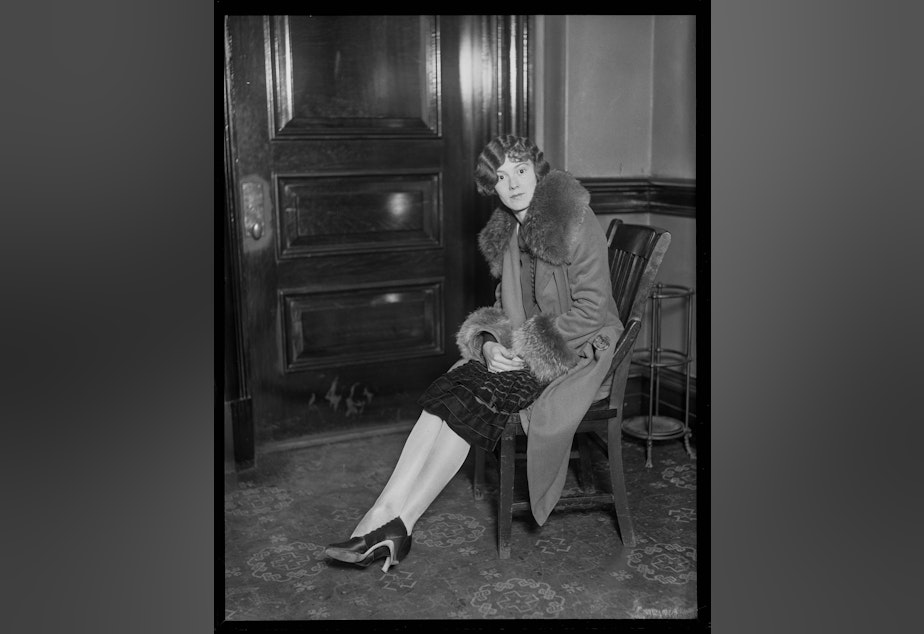
December marks the 90th anniversary of the end of prohibition. It’s an era of history riddled with larger-than-life characters — people like Lucky Luciano in New York and Al Capone in Chicago.
In the Seattle area, there was Roy Olmstead — no relation to the Olmsteds who planned many of the city’s famous parks. Roy was a maverick; a local cop turned bootlegger. So often when stories of the wild prohibition era are re-told, it’s figures like Roy Olmstead at the center.
But he wasn't in it alone.
Alongside him, somewhat hidden in his larger-than-life shadow, was his second wife, Elise, often known as Elsie. And her story, like those of so many other women, is just as fascinating in its own right, though it's less often told.
“It's only now that we're spending more time looking at the women around these large men, that we're finding people like Elsie,” said Rebecca Demarest, an author, researcher, and project manager for the recruiting department of a quantum computing company.
Demarest has a self-described fondness for spicy women of history. She’s dug deep into the life and the many mysteries surrounding Elise Olmstead.
She said Elise used her husband’s giant shadow to be effective, pulling strings behind the scenes.
At one point thought to be the largest employer in the area, Roy ran his illegal booze operation not with tommy guns, but with payoffs — to the police, local officials, and anyone else who needed to be greased.
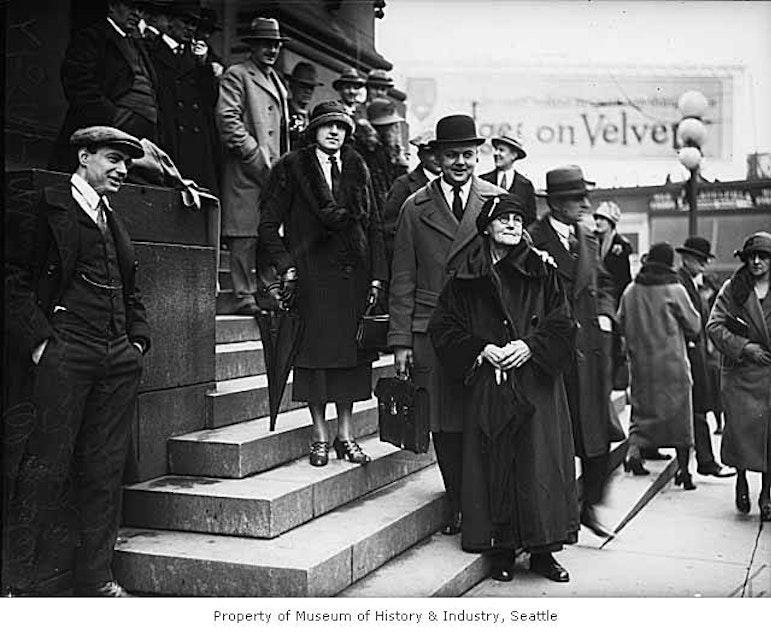
"He's the gentleman bootlegger who wouldn't touch guns and prostitution and drugs, but he passed good liquor along. I mean, he supplied the Boeings with all of their booze,” Demarest said.
There by his side was Elise, a vibrant young woman with short hair set in the style of the time: tight, sleek waves against her head. She often wore a fur, sometimes a button down and tie.
Born in England at the end of the 1800s, by the 1920s, Elise had left her home country and entered the scene in Seattle. Prohibition in the city was in full swing, as were the many activities designed to circumvent it.
As speakeasies flourished, and prohibition agents waged what seemed like a losing battle against the production and distribution of illegal liquor, Elise became firmly ensconced in the crowd running that illegal trade. But before she started reaping the rewards of the bootlegging lifestyle, Elise was initially involved in efforts to bring it down.
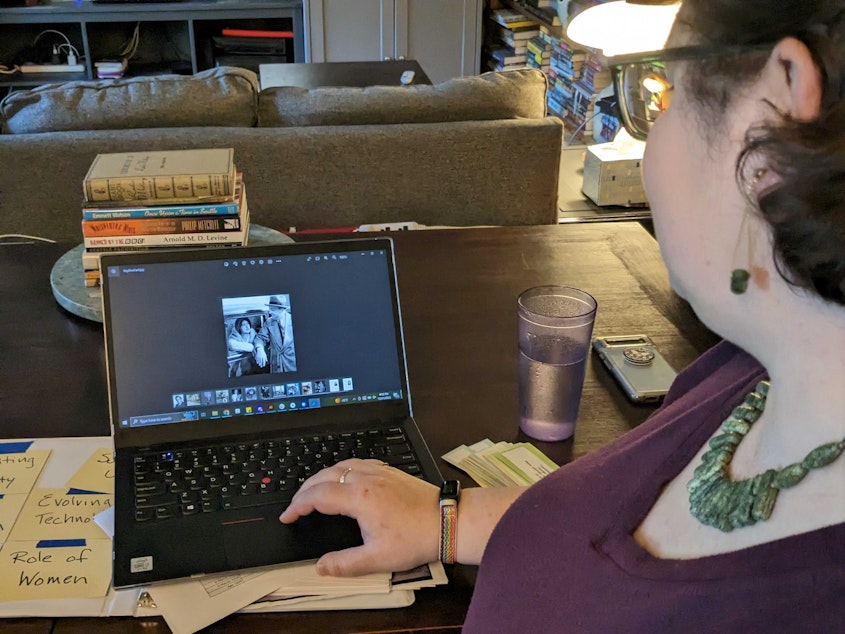
"It is true that she was recruited by the prohibition agents to infiltrate Roy's operation,” Demarest said. “And in building relationship with Roy, [she] fell in love with Roy, as everybody did, and sort of worked both sides of the aisle for a little bit."
Eventually, Elise told the prohibition agents she couldn't testify against Roy because she'd married him. This stint into spying for federal agents wasn't her first role in intelligence gathering, if the tales are to be believed. Some researchers say she was involved in intelligence during World War I, though there's no hard proof.
Elise’s life is one that seems to be wrapped in a mix of fact, rumor, exaggeration, and intrigue — not all of which are easy to separate. One of the lasting points of intrigue in her bootlegging days involves a radio station that she and Roy founded.
From their home in Seattle, each night Elise would read children's stories over the air. She used the pseudonym Aunt Vivian.
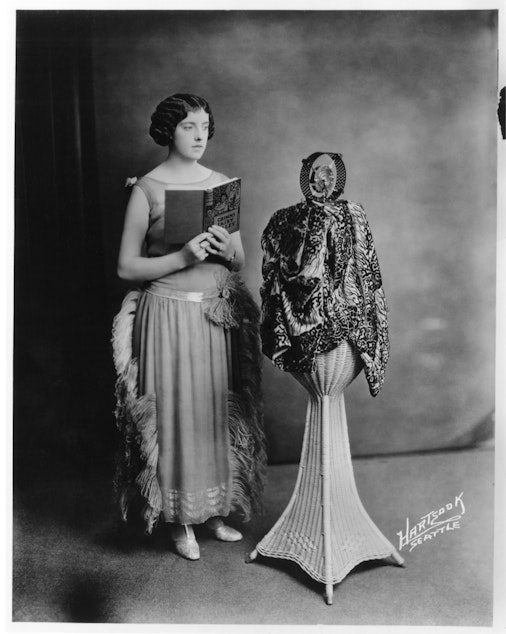
At the time, prohibition agents were convinced those stories were loaded with codes telling rumrunners where and when to bring their ships laden with booze to shore. It's a great story, and one that's been repeated often. But according to researchers, it’s likely just that: a story.
It’s never been proved.
"Their daughter thinks that if they were passing any information on the air, it was while they were reading race results or the news,” Demarest said.
“But [Roy and Elise] told everybody it was in the nursery stories because they loved the idea of a bunch of prohibition agents sitting around a radio, listening to 'Three Little Pigs,' trying to figure out what was going on with the illegal rum running,” she said.
What was going on was that the Olmsteads and others had boats navigating the waters between Canada and Seattle. Packed with contraband, they would weave between islands trying to avoid the Coast Guard vessels armed with cannons and machine guns and sporting a "shoot first, ask questions later" approach.
The rumrunners smuggled their liquor to lonesome, chilly beaches in places like Edmonds. The waterfront where the ferries dock in Edmonds is developed now. Families stroll along the wet sand under grey skies, next to even greyer waters.
Despite the activity today, it’s not hard to imagine the place as it was in the 1920s — remote, close to Seattle, a popular spot for clandestine meetings.
Local author and historian Brad Holden said bootleggers would wait along theses shores in their trucks and cars to load up crates filled to the brim with illegal booze. The meetings often happened at night, to avoid detection.
“They would flash lights and do all that kind of stuff to keep it on the [down low],” Holden said.
All this secrecy, the ingenuity that went into evading law enforcement, and the rich history that grew in the Pacific Northwest during prohibition stemmed from a movement in which women played a large role — the movement to ban liquor in the first place, after it became associated with a whole host of social problems, including rising domestic violence.
"Leading the charge with this was the Women's Christian Temperance Union,” Holden said. “They became a force to be reckoned with. And they had a very strong political voice at the time."
The temperance movement happened alongside the women's suffrage movement. It was a time, in many ways, of liberation for women. Yet the role women played during prohibition often gets lost.
In this area, rum running, bootlegging, and speakeasies were a boys' club, Holden said. In that way, he said, Elise Olmstead's story is somewhat unique. But unraveling what’s true about her story is no easy task.
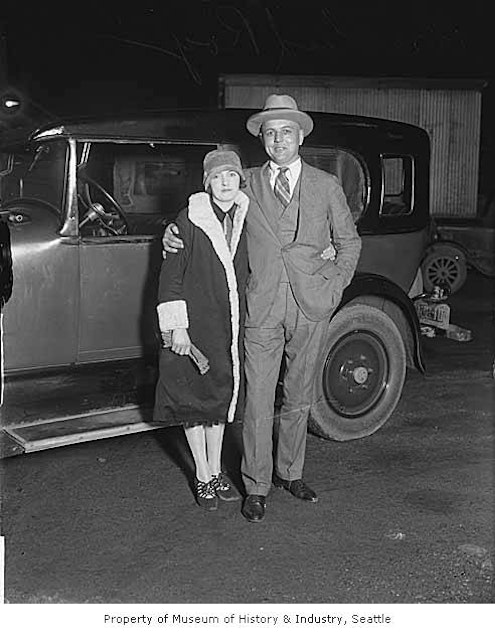
There seems to be consensus that she knew about everything that was going on in Roy’s operations. There's disagreement, however, about how involved she truly was.
Was she the brains behind ideas like installing radios on the boats to warn rumrunners of Coast Guard positions? Was she the mastermind behind the outfit? Or was she on the periphery?
“According to their daughter, she ran their books,” Demarest said.
“She was obviously a very capable woman,” said Albert Gidari, a former attorney and historical author who has also done extensive research into Elise’s life. But, he said, how deeply involved she was in the business is all speculation at this point.
“I think what she was 100% good at was secrecy,” Gidari said.
Demarest agrees. She contends that it’s hard to figure out exactly who Elise was because Elise didn’t want people to know.
"She wanted to be able to present whatever was convenient for what she needed in that moment," Demarest said.
Still, there are clues as to her underlying character.
"She was obviously an independent, thinking woman. She loved the fast lane. She loved her furs and her clothes and her jewels. There's no question she liked the high life,” Gidari said.
That high life that bootlegging offered lasted for a while. The Olmsteads were immensely successful, raking in money and rubbing shoulders with some of the most notable people in town.
But it all came crashing down in the mid-1920s.
The Olmstead's mansion in Seattle was raided and they were arrested. In the courtroom, Elise was the only woman on trial among nearly 100 defendants. She presented herself as a sweet, unassuming housewife, capitalizing on the fact that people would underestimate her.
“She became the most fascinating person in the courtroom,” Gidari said.
Eventually, Elise was acquitted; Roy was not. He went to jail and the two spent years on costly court trials and appeals.
They took their case against wiretapping without a warrant, which had been used to gather information on the rumrunning operations, all the way to the Supreme Court.
Elise spent years angling for a presidential pardon for her husband and eventually, she was successful. By that time, Roy had already served his sentence and been released.
Once out of prison, he turned his back on his former profession and the two divorced.
"She literally steps out of the limelight and then goes on to have an ordinary life,” Gidari said.
Prohibition would outlast the bootlegging days of the Olmsteads by years, finally coming to an end in December of 1933.
But the legends and legacies of the notorious characters of that time have lived on. And people like Gidari and Demarest want to make sure Elise's story is among them.

